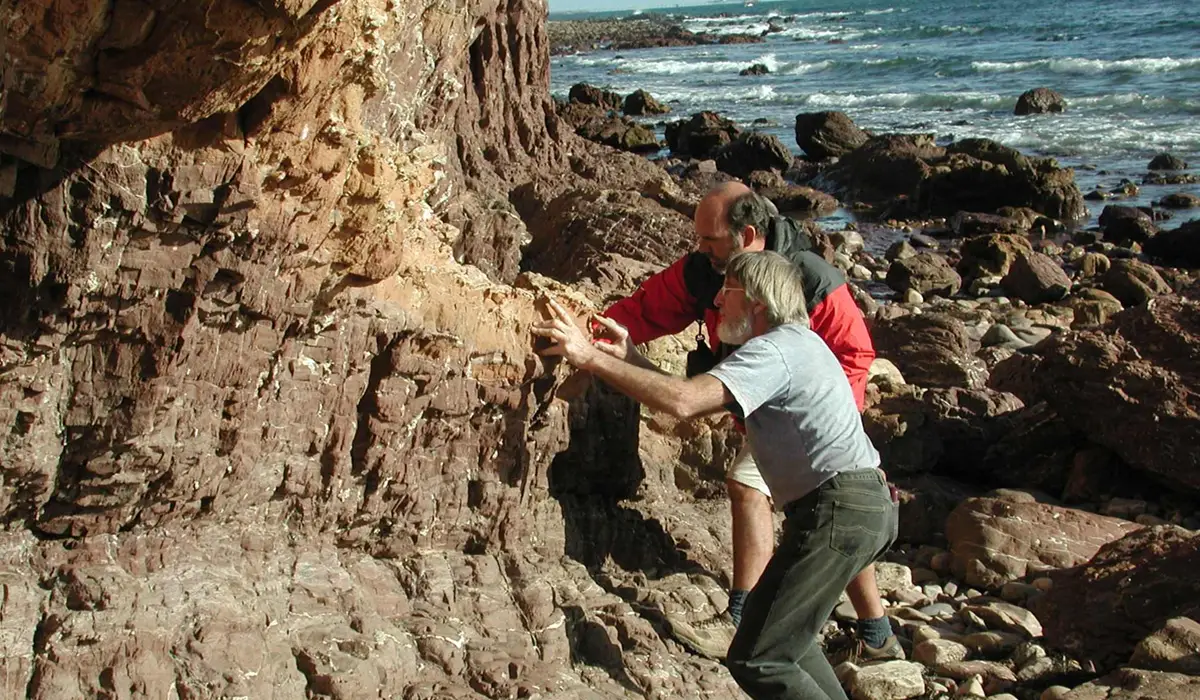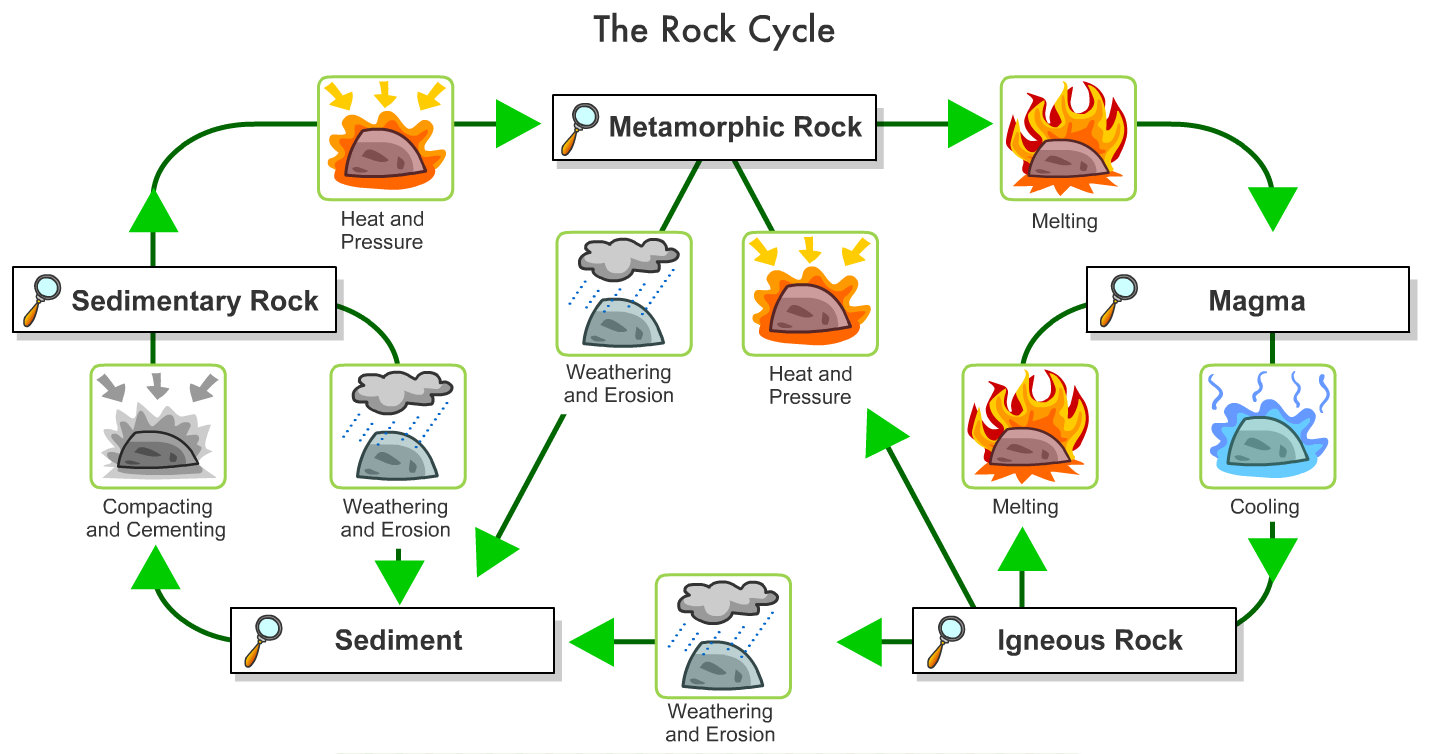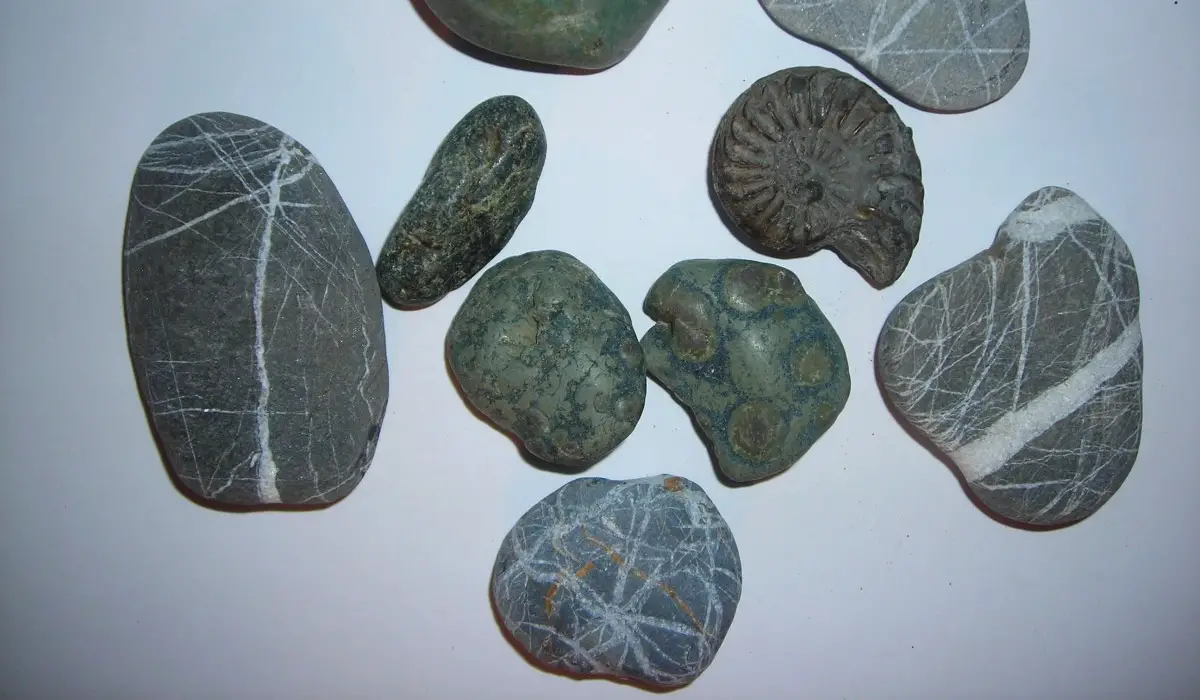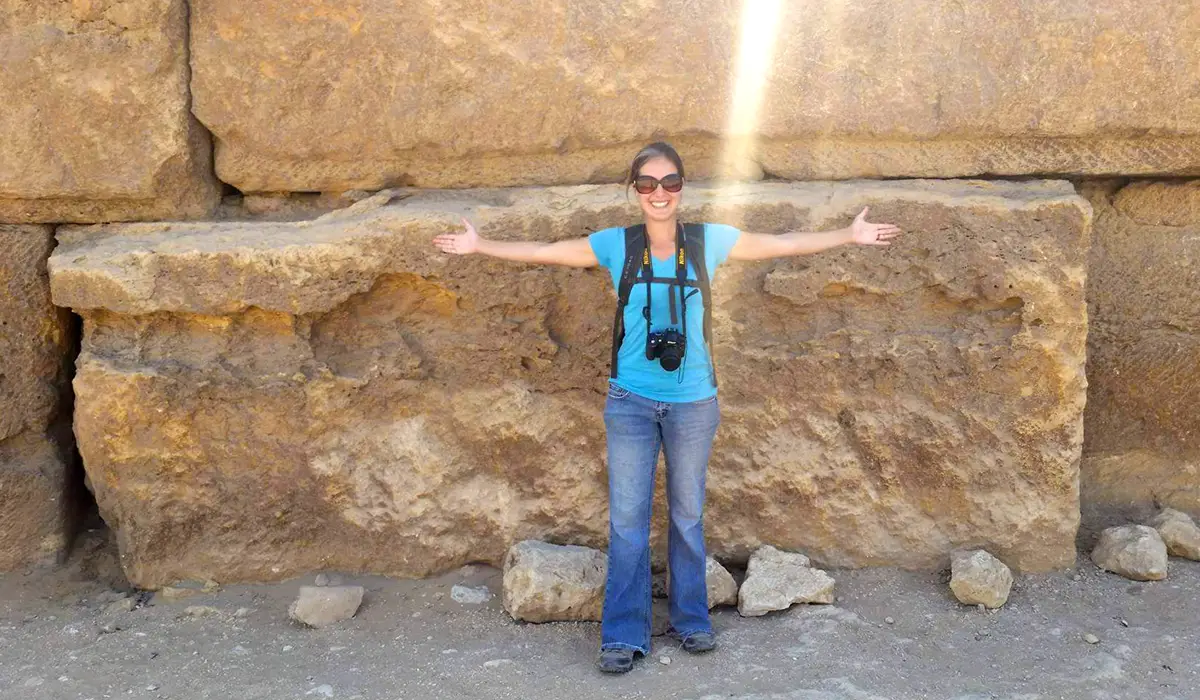You may think that rocks are boring. In fact, anyone who is interested in rocks may be considered to be actually as dumb as a rock. In reality, however, rocks are fascinating creations of nature, and they are an integral part of our Earth. Rocks have many usages as well as amazing qualities that we wouldn’t know unless we do our research. Knowing these tidbits of information will make us appreciate these structures more.
Listed below are some weird facts about rocks that you may not know. Read on and let the facts about rocks astonish you.
Table of Contents
1. Rocks and Minerals – What is the Difference

There are over 4,000 minerals that can be found on Earth. However, there are only three main types of rocks in the world, namely igneous, sedimentary, and metamorphic. The main difference between rocks and minerals is that minerals are composed of the same material all throughout. On the other hand, rocks can be composed of two and more minerals.
Rocks and minerals are often used interchangeably, but they have distinct differences based on geology. Both are solid and organic. However, rocks do not have consistent physical properties, while minerals have the same characteristics regardless of where the sample was acquired.
Based on these definitions, precious gems such as jade or rubies cannot be considered as rocks. Diamonds, commonly known as “rocks”, are technically not rocks as well. This is due to the consistent nature of their properties. In addition, they are not comprised of other components. Metals such as gold, silver, and copper are also considered as minerals. On the other hand, steel, which is not naturally occurring, is not considered as either a mineral or a rock.
There are different schools of thought, though, about the distinction between minerals and rocks. For example, diamonds are considered as rocks as they are carbon-based, which is a part of organic life. For others, glacier ice is considered a type of rock even if it is only comprised of one type of mineral.
Simply put, minerals are parts of rocks, while rocks in itself cannot be considered as minerals. However, experts may have differing opinions based on their interpretation of the rules that classify them.
2. A Study of Rocks

Many think of geology as the study of rocks. However, that is not completely true. While geology is the study of the Earth as a solid and as a whole, petrology is the specific discipline that studies rocks. Covered under this discipline are mineralogy, petrography, and the actual analysis of the composition and texture of rocks.
Petrology, like geology, requires a lot of fieldwork. Chemistry is also required in order to acquire the chemical composition of rocks aside from physical characteristics. Geology, on the other hand, encompasses this and is the usual field of study associated with rocks. Many colleges do offer petrology for those who are interested in this particular field, though.
3. The Rock Life Cycle

All rocks, if left to their natural course, go through a life cycle. This rock cycle turns the rocks from one into another. These phases turn rocks into called igneous, sedimentary, and metamorphic rocks. These transformations are naturally occurring, and are usually triggered by pressure, heat, and lots and lots of time.
Igneous rocks are formed under the Earth. Magma exists due to heat, and when this is spewed from under the Earth’s crust, it will cool down and harden. Igneous rocks may be shiny in appearance, or they may look spongy due to gas bubbles during the cooling process. Basalt and obsidian are some examples of igneous rocks.
Sedimentary rocks, on the other hand, occur when different types of rocks are layered together. These include large rocks such as boulders to pebbles and sand. Hundreds to thousands of years of being compressed together will eventually fuse these layers together, giving them a layered look. Sedimentary rocks can also be crumbled easily when compared to others. Limestone is a prime example of sedimentary rock.
Lastly, metamorphic rocks are rocks that change composition and appearance. This is due to years of heat and pressure put upon it. Examples of metamorphic rocks are when limestone turns into marble. Slate is yet another example of a naturally occurring metamorphic rock.
All rocks go through these three stages – from igneous to sedimentary to metamorphic and back again. This process takes thousands to millions of years. This is also the reason why our current rock formations and types are as they currently are.
4. The Many Uses of Rocks
Rocks have a very varied use, both during ancient and in modern times. Rocks, in ancient times, were used as shelter by primitive cavemen. This can come in the form of caves on mountainsides, or actual dwellings made from large rocks. They also used rocks as weapons, either for throwing at or for bludgeoning an enemy or prey. Rocks are also used for art purposes in the form of rock paintings, as well as for starting fires.

Rocks have also been used as currency since ancient times. Our ancestors have utilized these rocks in exchange for goods way before the use of coins or paper bills. They utilized anywhere from large circular stones to pebbles with holes or carved symbols.

Ancient Egyptians used rocks made primarily out of limestone to create the pyramids. Meanwhile, sandstone was the main type of rock used for the construction of Stonehenge. Lastly, sandstone, marble, and slate are the key components in the creation of the Taj Mahal. Even now, modern building materials such as concrete utilize gravel and other types of rocks in their composition.
Due to the unique structure as well as their ability to sculpted, rocks can also be made into decorative pieces of art. Michelangelo’s David and Venus de Milo are made of marble and have stood the test of time. Stone furniture such as fountains, birdbaths, kitchen counters, and other ornaments can also be done.
One of the main uses of rocks is that they are containers for precious minerals which would otherwise be difficult to find. Mining minerals from rocks is a multi-trillion dollar industry, and many countries thrive because of this. As materials for industries such as electronics or medicine cannot be created artificially, reliance on mining is essential for growth.
5. The World’s Most Famous Rocks

One of the most famous rocks in the world is Ayer’s Rock, also known as Uluru. Found deep in the Australian outback, Ayer’s Rock is a sacred site for the Aborigines. It is also considered as the world’s largest monolith and is a UNESCO World Heritage Site. Ayer’s Rock is made of sandstone and is 348 meters high and is about 9.4 kilometers in diameter.
The Rosetta stone is a slab wherein text written in three languages can be found. Due to this, previous untranslatable Egyptian hieroglyphics now has a chance to be understood. The Rosetta Stone was found in Egypt and weighs 760 kilograms. This can be found at the British Museum. Due to its special function, the term “Rosetta Stone” is now used to describe an item that can be used to decode or understand an object.
Plymouth Rock can be found in Massachusetts and bears historical significance to the Americans. The reason for this is that it was said that it was here that the first Americans disembarked. Years of chipping away for souvenirs has turned the rock to a fraction of its former size. As such, moves have been made to preserve it.

The Black Stone, located near the Kaaba in Mecca, is said to date back to the days of Adam and Eve. The Black stone consists of fragmented rocks that have been cemented together. The stones have been rubbed smooth by the millions of hands that have touched it. The Black Stone is considered a relic in the Muslim faith.

Other famous rocks include the Blarney Stone, Stonehenge, the Moai at Easter Island, and many more. These do not even include the beautiful statues and sculptures made by renowned artists, some of which exist even today.
Conclusion
While some may think of rocks as boring pieces of pebbles, dust, and stones. However, there is actually a lot of interesting information about them, if you only do your research. In fact, that’s the entire reason why there’s an entire field of study dedicated to rocks.
Rocks take form and shape through countless millennia. Our time on this Earth, to rocks if they were capable of sentient thought, is akin to a blink of an eye. They have been a part of this Earth for over four billion years. They will be here long before we are gone. As such, along with their amazing properties and functions, they deserve our respect and awe. Rocks may seem simple enough, but they hold the mysteries of the world. As such, you should never look at boulders and pebbles the same way again.
